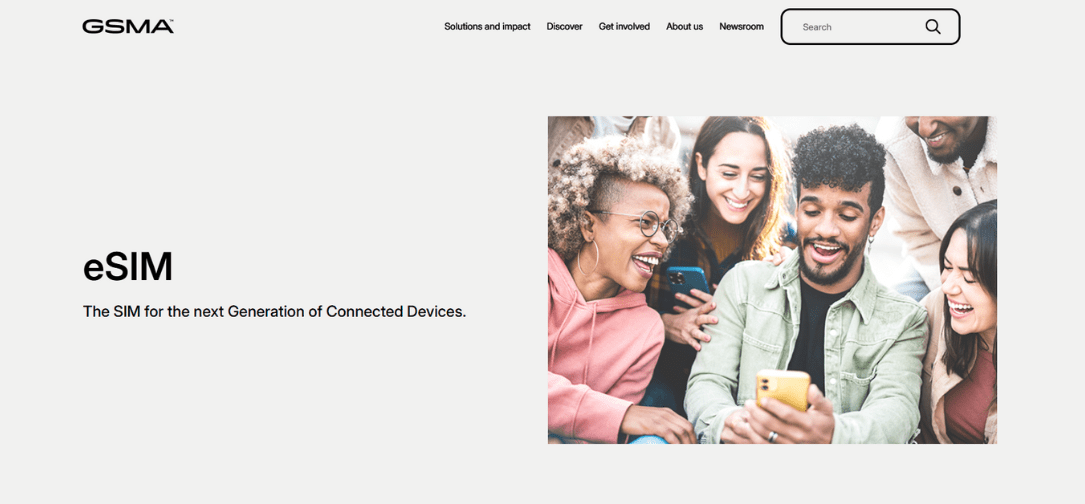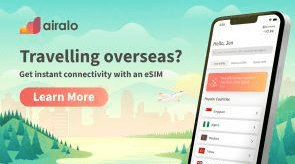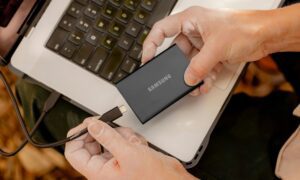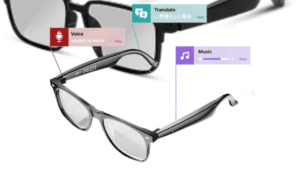The way we connect to mobile networks is changing faster than ever. As the world moves toward digital-first communication, one technology is quietly transforming how people stay online across borders – the eSIM, or embedded SIM. Once considered a niche innovation, eSIMs are now reshaping global connectivity, giving users control over mobile data without the need for physical cards or carrier store visits.
From Plastic to Digital: A Shift in Connectivity
For decades, mobile users relied on traditional SIM cards to identify themselves to cellular networks. While functional, that model has always been restrictive: travelers bought new SIMs abroad, swapped cards manually, and paid high roaming charges just to stay online.
The eSIM changes that. With a programmable chip embedded inside modern smartphones, tablets, and laptops, users can activate mobile plans digitally – anytime, anywhere. No shipping delays, no store visits, and no risk of losing the small card that controls your connection.
According to the GSMA eSIM Information Hub, more than 400 mobile operators worldwide now support eSIM technology across consumer and enterprise applications – a milestone that reflects the industry’s shift toward fully digital mobile connectivity.
Beyond convenience, this shift marks a deeper transformation: eSIMs are redefining what ownership means in mobile communication. Instead of being tied to a single carrier, consumers can choose networks and plans that best fit their circumstances – whether that is a short-term trip, a business assignment abroad, or an always-on digital lifestyle.
Why Global Users Are Making the Switch
eSIM adoption is driven by practicality. International users, remote professionals, and frequent travelers choose eSIMs because they eliminate friction while improving reliability and transparency. Instead of being tied to one network, a digital SIM can instantly connect to a local carrier in the country you are visiting or working from.
Regional uptake varies. In Europe, adoption has accelerated thanks to strong competition among mobile virtual operators and a regulatory push toward portability. North America is catching up rapidly as leading device makers make eSIMs standard in flagship phones. In parts of Asia, where cross-border travel and digital payments are common, eSIMs have become essential tools for consumers and enterprises managing distributed teams.
Platforms like Wraptel make that possible at scale. Through partnerships with Tier-1 global carriers, the International Data eSIM provides prepaid, high-speed data across more than 150 countries – all from one eSIM that users can activate in minutes. This turns a traditionally complex process into a seamless, borderless experience.
Prepaid eSIM models also align with today’s demand for control and transparency. Users want to see exactly what they are paying for – no contracts, no surprise fees, and no throttled speeds unless clearly defined. That clarity, combined with flexibility, is a major reason travelers and digital professionals are making the switch.
How eSIMs Deliver Reliable Global Access
What makes modern eSIM platforms stand out is not only convenience, but reliability. A single eSIM can store multiple carrier profiles, allowing users to switch regions or plans without reinstalling the eSIM itself. When traveling internationally, a quick reboot or toggling airplane mode helps the device register the strongest local signal – a fast and user-led way to adapt coverage between countries.
For most providers, this process happens automatically, but it still gives users meaningful control over their connectivity. With Wraptel, for instance, users can activate or manage plans directly through their account dashboard, combining automation with the ability to make manual adjustments if needed. The result is a consistent connection, even across different regions or networks.
For more sophisticated users, there is another layer of flexibility that is often overlooked. Some providers support multiple APNs (Access Point Names) within the same service profile, allowing advanced users who know how to configure their device settings to manually select among available networks. This capability is rare – most carriers only offer a single APN – but where multiple are available, it can increase redundancy, strengthen coverage, and enhance overall performance when roaming across diverse regions. While this level of control is optional, it reflects the broader evolution of eSIM technology toward user empowerment and network diversity.
Empowering Modern Lifestyles
The eSIM revolution is not only about travel – it is about how people live and work. Digital entrepreneurs, remote employees, and international students depend on reliable mobile data to stay connected across borders. eSIMs offer a single, scalable way to manage connectivity wherever life or business takes them.
They are also becoming essential at home. Many users install a secondary eSIM on their smartphones to separate personal and business data, maintain a dedicated line for work, or add dependable high-speed data for streaming and hotspot use. Because activation is digital, adding a new domestic line or switching data plans takes minutes – no store visits or carrier lock-in.
Beyond smartphones, eSIMs are enabling the next generation of connected devices – from tablets and wearables to laptops, vehicles, and IoT sensors. As industries expand their use of embedded connectivity, the ability to remotely provision and manage connections becomes a competitive advantage for businesses and a convenience for users.
For a closer look at how reliability and performance work in practice, see Reliable Global Data Connectivity: How eSIM Technology Keeps You Online Everywhere – a deep dive into how modern eSIM platforms maintain speed, coverage, and consistency worldwide.
The Road Ahead: Simplicity, Speed, and Sustainability
As manufacturers phase out physical SIM trays and networks continue expanding coverage, eSIM technology is moving from optional to inevitable. The near future points toward greater interoperability between carriers and regions – allowing users to maintain continuous service across borders without friction.
At the same time, the telecom industry is broadening access in ways that make connectivity more universal, not just faster. The focus now is on integration, reliability, and sustainability – improving how users connect while reducing the environmental impact of traditional SIM production and shipping. Less plastic, less packaging, and fewer logistics all add up to a smarter, cleaner future for connectivity.
For providers like Wraptel, this next phase is about maintaining simplicity – one account, one interface, global reach – while the underlying technology becomes more sophisticated. The eSIM model reduces waste, streamlines operations, and ensures that connectivity keeps pace with the way people move, work, and live in a truly global environment.



































